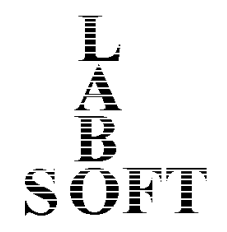Workshop #2
Experimental & Interpretation Aspects of X-ray Based Crystallographic Texture Analysis
Duration: 1-day, up to 6 people.
This course is intended for users of X-ray and neutron diffraction systems, EBSD systems and other
interested parties who want to deepen their knowledge about possibilities of texture analysis aided by
the software. It is designed for beginners who want to get started with the LaboTex program and
experienced users who want to draw maximum benefit from the latest version of LaboTex software. The
course contents includes fundamentals of texture analysis, data and results management, texture
qualitative and quantitative analysis, experimental data processing (pole figures data, EBSD data),
texture modeling, ODF calculation, complete pole figures recalculation from ODF, inverse pole figures
calculation from ODF, and some anisotropy factors. In the practical part of the workshop the course
participants will perform several exercises of texture analysis in relation to exemplary selected real
materials.
Check our pricing
